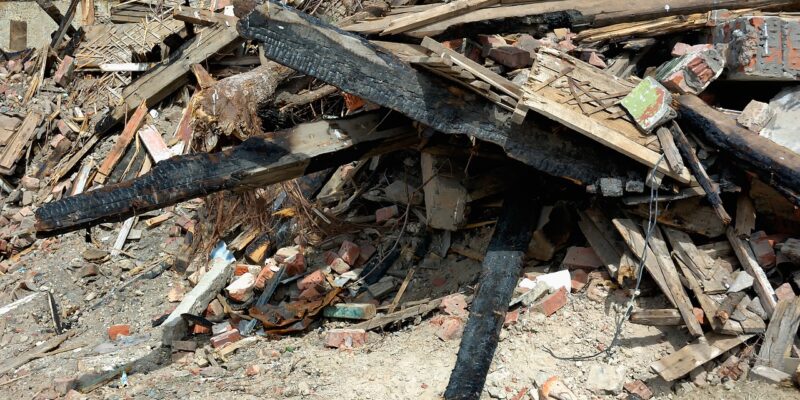Structure and safety go hand in hand. Without strong structural engineering and expert construction, there’s no guaranteed safety for those using the road, bridge, building, or space. Here’s a look at the 5 biggest construction fails in United States history and how they could have been avoided.
Hyatt Regency Walkway (1981)
Deaths: 114
The walkways on the second and fourth floor of the Hyatt Regency Hotel in Kansas City, Missouri collapsed under the weight of guests, falling onto a busy lobby below. A total of 114 people were killed and another 200 injured.
The sleek, new lobby opened in 1980 and featured walkways anchored by steel rods. The problem lay in the connection between a single set of hangar rods threaded through to a double-rod system anchored to the upper walkways. This placement caused undue stress and would never have passed an inspection, yet somehow no one noticed the fault during construction.
This incident could easily have been prevented by more knowledgeable contractors and a more thorough safety inspector during initial construction.
The Knickerbocker Theater (1922)
Deaths: 98
This DC theater collapsed during a silent move and just two days after the biggest blizzard in the city’s history. The weight of the snow caused the building’s roof to buckle, killing 98 and injuring 133. One of the worst disasters in the city’s history, immediate emergency response was delayed and unorganized as hundreds rushed to the area. Subsequent investigations blamed the use of arch girders rather than stone pillars to support the roof.
This disaster could have been prevented by managing risk in construction and accounting for all possible types of weather in that region. Better maintenance of the building (i.e., removing the snow more quickly) would also have been critical in this situation.
Willow Island (1978)
Deaths: 51
A West Virginia power station cooling tower was under construction and the contractor was building scaffolding. Unlike standard scaffolding methods, however, this contractor bolted scaffolding to the cooling tower itself and poured concrete each day to raise the scaffolding higher. As the tower reached 166 feet, a crane pulling up a bucket of concrete fell toward the inside of the tower and the previous day’s concrete collapsed.
All 51 construction workers on the tower fell to their death as the scaffolding crumbled, making it the deadliest construction accident in U.S. history. OSHA and the National Institute of Standards and Technology were quickly involved. Their investigations pointed to concrete that had not sufficiently cured, missing or defective bolts, and rushed construction.
This tragic accident shows the importance of safety inspections at the worksite and taking time to finish steps completely, even when there’s pressure to finish a job.
L’Ambiance Plaza (1987)
Deaths: 28
A 16-story apartment building in Bridgeport, CT collapsed during construction, killing 28 workers. While many still debate the cause or causes of this disaster, one resulting investigation concluded that the lifting assembly for these slabs was at fault.
Observers of the accident and workers onsite also noted that the accident was highly preventable and that it showed the deficiencies of the lift slab construction technique. Following the event, a federal investigation was conducted into the techniques used on the job.
This accident demonstrates the importance of using the most modern, technologically-advanced, and proven techniques in construction. While you don’t want to be using tech that hasn’t been field-tested, you also don’t want to be a stick in the mud avoiding newer, safer construction options.
Champlain Towers South Collapse (2021)
Deaths: 18
This surfside condominium building collapsed in Miami, Florida, killing 18 and injuring 11 more. Of the 136 total units in the building, 55 were destroyed. Just a couple years before, an inspection had found severe problems with the building that went unrepaired.
The cause of the disaster was multifaceted and included long-term degradation of reinforced concrete in the underground garage. The building was also shown to be sinking at a faster rate than surrounding buildings (about 2 millimeters/year), creating tension. Moreover, poor waterproofing practices meant that the areas beneath the pool deck had deteriorated and weakened the structure.
This disaster shows how critical environmental factors are in the engineering and construction process. A better understanding of the surrounding environment and long-term maintenance could have saved this building from its sinking, water damage, and deteriorating concrete.
Don’t rely on inexpert operating engineers or overused equipment – Steadfast Entities prides itself on using the best in modern technology and expertly-trained operators for every job. Be safe, be effective, and be Steadfast! Contact us for your next job: jhworthy@steadfastentities.com

